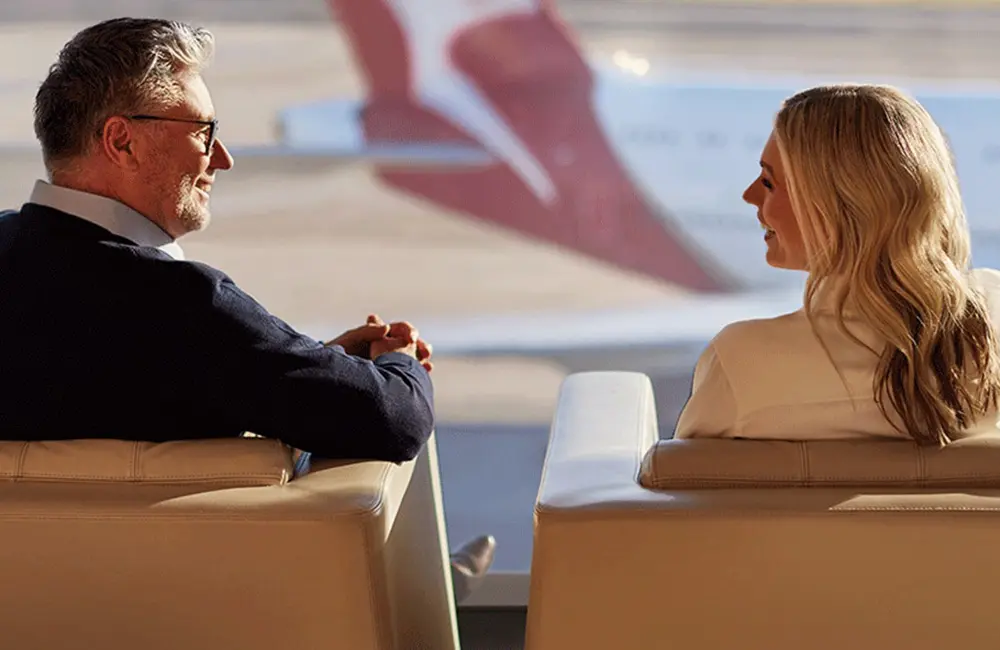Qantas Group has delivered a strong full-year result, with profit growth fuelled by robust travel demand, its two-brand strategy and the arrival of new aircraft. The airline also confirmed a significant aircraft order as it looks ahead to FY26.
Qantas Group reported an underlying profit before tax of $2.2 billion for FY25, up 15 per cent on the previous year.
The airline pointed to a mix of higher demand, a balanced focus on premium and budget travellers, and the benefits of modern aircraft as the key factors behind the lift.
Group Domestic earnings were particularly strong at $1.52 billion, reflecting ongoing appetite for domestic flying and the combination of Qantas’ premium service with Jetstar’s low-cost proposition.
Jetstar fuels growth
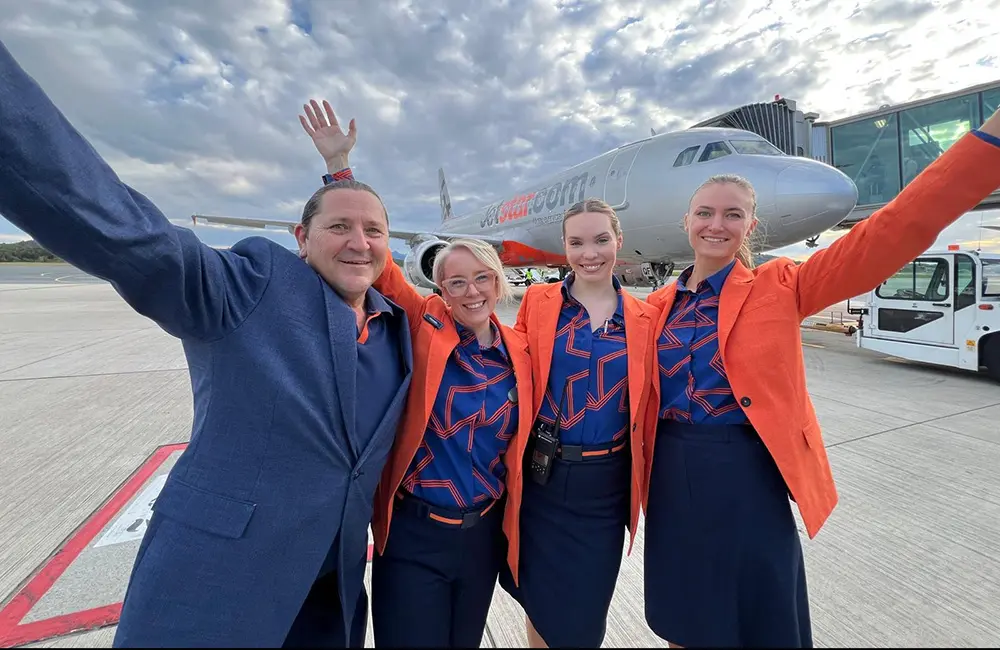
The big winner for FY25 was Jetstar. The low-cost carrier’s underlying earnings before tax surged by a whopping 55 per cent to $900 million, marking one of its strongest results ever.
Jetstar carried a record 16 million domestic customers during the year, proving its appeal in a cost-conscious market. Roughly one in three travellers booked fares for under $100, a clear sign that affordability is resonating while household budgets remain tight.
Fleet renewal also played a role. Jetstar’s newer aircraft helped boost efficiency and improve the customer experience with inflight streaming and more baggage space.
Travel demand strong
Australians’ appetite for travel shows no signs of slowing, according to the Group.
Qantas and Jetstar together carried almost 56 million customers in FY25 – around four million more than the previous year.
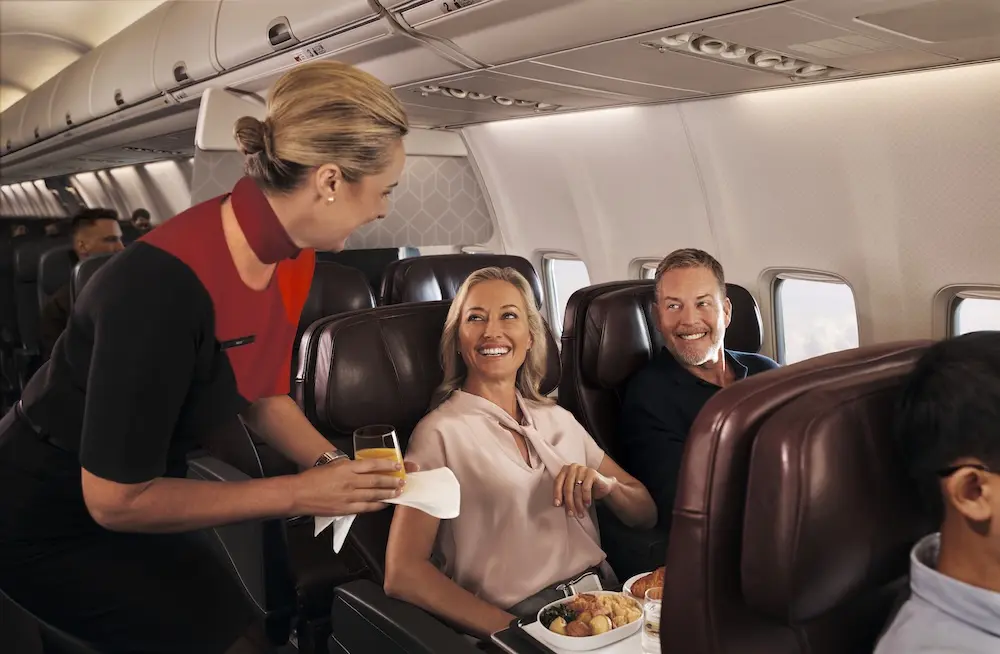
Domestic demand was resilient despite cost-of-living pressures, with Qantas seeing greater business travel and Jetstar continuing to fill aircraft on leisure routes.
International demand also remained robust, particularly for premium cabins on long-haul services.
The airline said these numbers confirm travel remains a spending priority for many Australians, even as economic conditions tighten.
New order
In a major fleet announcement, Qantas Group revealed an order for an additional 20 Airbus A321XLRs. The deal brings the Group’s total firm aircraft orders to 214.
The new 321s will offer extended range, lower fuel burn and more flexibility for both domestic and international networks.
Qantas will also be the first carrier in the Asia-Pacific region to introduce the A321XLR when it begins flying on the domestic network in mid-September 2025.
According to the Group, the milestone marks the start of a new era for the carrier, with the aircraft expected to transform how it serves key routes by offering better economics and passenger comfort.
Expanding network
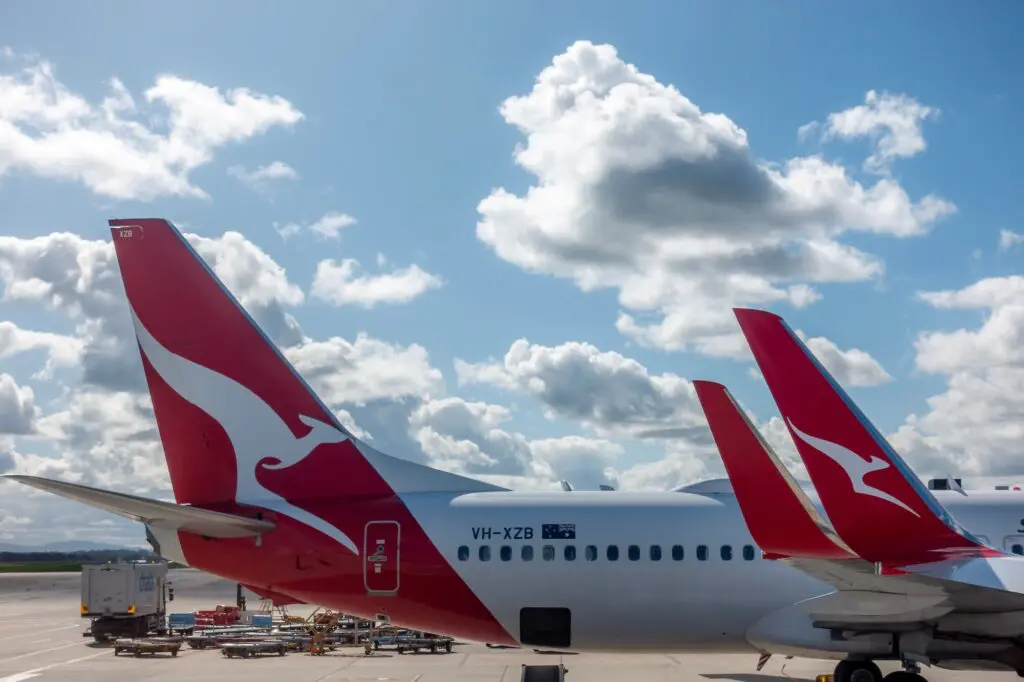
Route growth was another highlight of FY25. Qantas launched five new international routes, including the headline-making Perth-Paris service, alongside one new domestic route.
Jetstar was even busier, adding 11 international routes and three domestic services. New flights such as Brisbane–Bangkok and Perth–Bangkok added to its growing Asian footprint.
Qantas International also saw improved results, with capacity increasing six per cent and strong demand for premium cabins on long-haul routes to Europe and the United States.
Jetstar International carried 25 per cent more passengers year-on-year, powered by demand across Japan, Thailand and South Korea.
Loyalty lift
Qantas Loyalty continued its upward trajectory. The program recorded an 8 per cent increase in active membership, taking total members past 17 million.
Earnings also improved, with more members redeeming points for flights and more partners joining the program. David Jones was the latest major retailer to come on board, while long-term partner Woolworths extended its deal beyond 2030.
Meanwhile, the launch of the Classic Plus redemption tier drove strong uptake, with over one million Classic Plus bookings made during the year, many during peak travel periods.
Elsewhere, Qantas announced additional rewards for staff, including a $1,000 one-off thank-you payment for around 25,000 non-executive employees and a new share scheme tied to company performance.
Qantas shareholders will benefit from both a final and special dividend, together worth $400 million, fully franked. Qantas also confirmed ongoing buyback activity, supported by $12.2 billion of liquidity at the end of FY25.
On the sustainability front, the Group confirmed it has now committed more than $100 million to projects through its $400 million Climate Fund, including investments in sustainable aviation fuel (SAF). The airline recently completed its largest SAF import to Australia, highlighting ongoing efforts to lower emissions across the network.
FY26 outlook
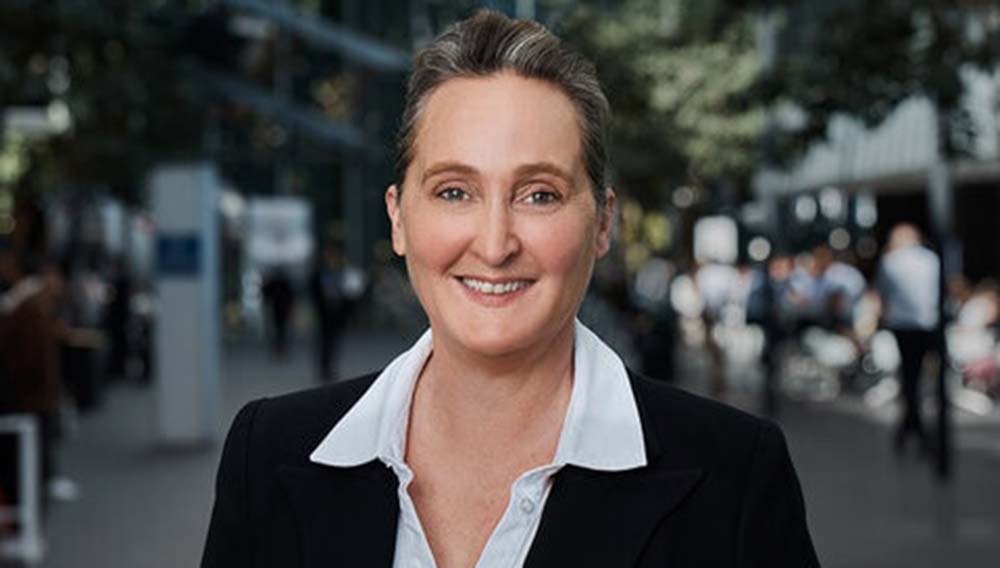
Looking ahead, Qantas expects travel demand to remain strong into the first half of FY26, with domestic revenue projected to rise by 3–5 per cent and international revenue up by 2–3 per cent.
Qantas Loyalty is also tipped to deliver further earnings growth of 10–12 per cent in FY26.
Despite these pressures, Qantas says its balance sheet, strong demand and dual-brand strategy leave it well positioned for the next phase of growth.
“Continuing strong demand across all market segments, combined with our dual brand strategy, helped the Group grow earnings,” Qantas Group CEO Vanessa Hudson said.
“Qantas and Jetstar carried 4 million more customers during the year, while our Loyalty business grew as frequent flyers engaged with the program more than ever before.
“Our strong financial performance is enabling significant investment in new aircraft and customer initiatives, helping deliver better operational performance and customer satisfaction across both airlines.”
Looking forward, Hudson said the Group had “a lot to be excited about”.
“This year will see an acceleration of Qantas’ domestic fleet renewal and in the coming years we’ll take delivery of additional A321XLR aircraft fitted with lie-flat Business seats,” she added.
“We will also be using more Sustainable Aviation Fuel from overseas airports while we continue efforts with Government and industry to establish a SAF industry in Australia.
“Direct flights from the east coast of Australia to London and New York are also a step closer to reality, with the first Project Sunrise A350-1000ULR aircraft to enter the final assembly line in the coming months, and the first aircraft delivery expected in October next year.”

